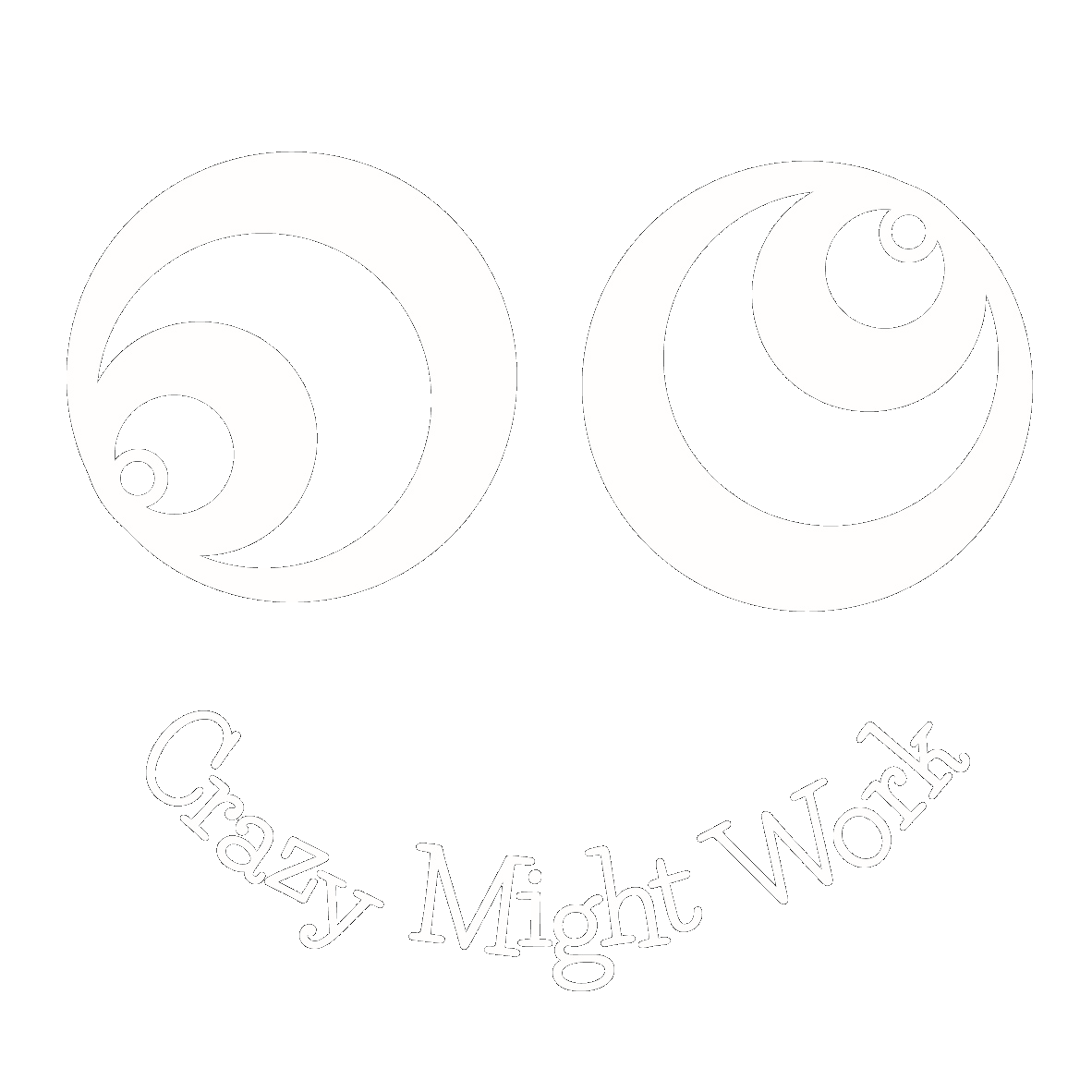The biggest challenges benefit from diversity; in thought, experience, demographics, and industry. When these are put to us by clients, Crazy Might Work respond by bringing together diverse inter-industry and inter-disciplinary teams to participate in a collaborative innovation process.
The journey of our participant teams takes in multiple methods such as systems and design thinking, neuroscience, appreciative inquiry, biomimicry, and more. Along the way, they interview extraordinary people to drive their prototype solutions to the next level.
These systems-led collaborations present a unique opportunity for immersion in a world-leading innovation methodology whilst developing new strategic relationships with industry partners. Perhaps the most impactful benefit is that when everyone affected by a challenge is in the room, the things they design are more likely to stand up. That is because they have been co-created by policymakers, academics, end users, and private businesses together.
When to use it?
The best time to turn to cross-sector collaboration is when two things are true:
- System-wide change is needed; and
- These require multi-stakeholder collaboration.
We have used this approach to tackle complex, systemic challenges like residential aged care, mental wellbeing at work, sustainability, access to sport for people with disability and rethinking Type 2 diabetes.
In each case, we brought public and private stakeholders, academics, regulators and corporations together to understand the complexities and co-design solutions together.
Success Story
Mission
Crazy Might Work were engaged by academics from a leading University in inclusivity. The mission was to increase participation in sport and recreation for people with disability. We designed and delivered a program to drive a collective effort to transform the active recreation sector—harnessing the collective expertise and research capability alongside partners from industry and the community.
Solution
Ten teams generated fresh ideas that reshaped thinking around inclusivity in sport and recreation. Each team comprised policymakers, academics, private businesses, and people with disabilities. They joined in a thinktank setting to brainstorm, develop and pitch concepts designed to transform people’s lives and the sector itself.
Results
This 10 week process was delivered, almost entirely, online with considerable adaptation to make sure the experience was inclusive and stimulating for everyone involved. Several of these prototypes have gone on to be implemented and the academic leaders launched an innovation lab to continue momentum on the collaborations and ideas developed.

